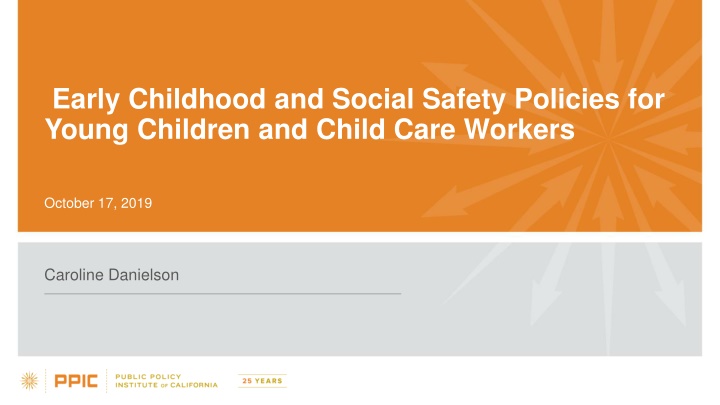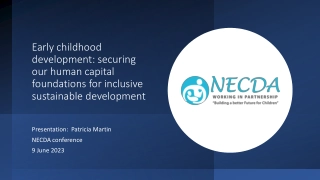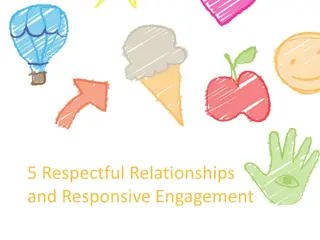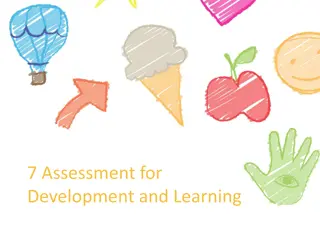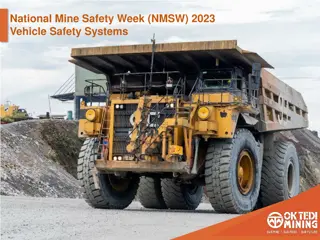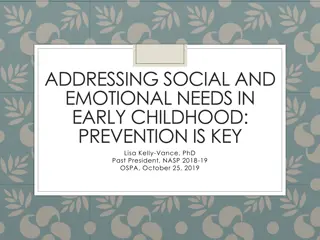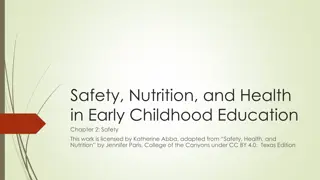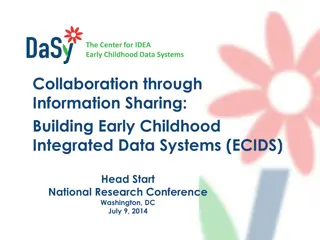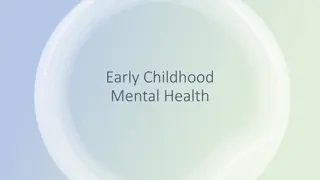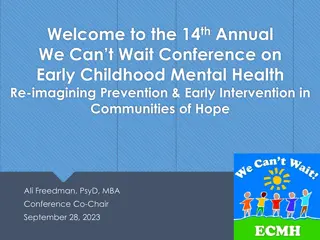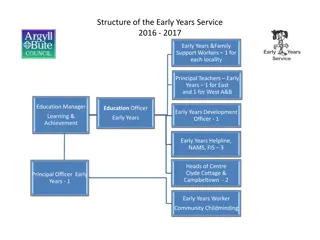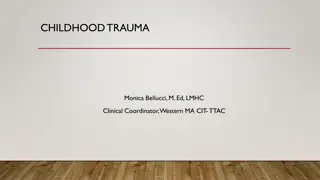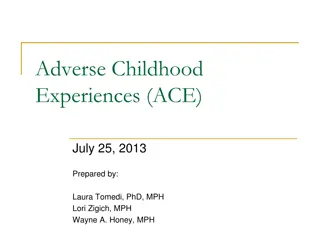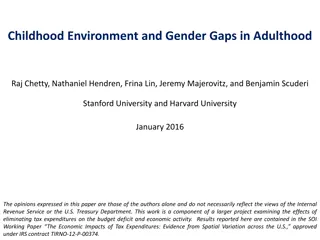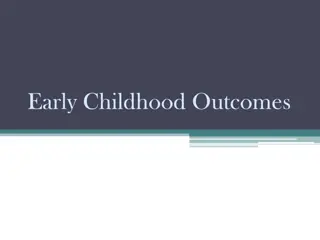Early Childhood Social Safety Policies
This presentation discusses poverty among young children and child care workers, highlighting the importance of social safety nets. It explores the evolving policies in California and upcoming changes to enhance child well-being and support systems. The data presented sheds light on the challenges faced by families and workers, emphasizing the critical role of safety net programs in providing essential resources.
Download Presentation

Please find below an Image/Link to download the presentation.
The content on the website is provided AS IS for your information and personal use only. It may not be sold, licensed, or shared on other websites without obtaining consent from the author.If you encounter any issues during the download, it is possible that the publisher has removed the file from their server.
You are allowed to download the files provided on this website for personal or commercial use, subject to the condition that they are used lawfully. All files are the property of their respective owners.
The content on the website is provided AS IS for your information and personal use only. It may not be sold, licensed, or shared on other websites without obtaining consent from the author.
E N D
Presentation Transcript
Early Childhood and Social Safety Policies for Young Children and Child Care Workers October 17, 2019 Caroline Danielson
Outline Poverty and the social safety net among young children and child care workers California s evolving safety net policies Looking forward 2
About 1 in 5 young children are poor, and poverty is much higher for Latinx children 28.2 30 25 20 % in poverty 15.3 15 12.0 10 5 0 Latinx All other White 3
Many young children are clustered near the poverty line In poverty 175,000 In near poverty Number of young children 150,000 In deep poverty 125,000 100,000 All other White Latinx 75,000 50,000 25,000 0 10 20 30 40 50 60 70 80 90 100110120130140150 Poverty level 4
Family resources come from work, but the safety net is critical 100 % with family resources from 80 60 source 40 20 0 Any income from work Any safety net program WIC EITC CalFresh School meals Latinx All other White 5
Child care workers experience high poverty rates relative to other workers 50 40 % in poverty 30 24.7 20 13.6 10 4.8 0 Child care workers K-12 teachers All workers 6
The safety net is also critical for child care workers 100 % with family resources from 80 58.7 60 program 45.7 40 27.9 23.3 17.9 20 0 Any program EITC CalFresh School meals WIC Child care workers All workers 7
Some highlights of coming policy changes Safety net Expands the CalEITC Increases CalWORKs grants, allowed earnings amounts and raises asset limits Creates a working group to study how to better align school meals and CalFresh enrollment Early care and education Expands eligibility for state preschool in high poverty school attendance areas Removes work requirement for full-day state preschool 8
Looking forward Data Across safety net programs and over time Limited, integrated statewide detail about child care programs Expanding and integrating programs Access for mixed status families Seamless nutrition safety net for children Navigating the complexity of the safety net 9
Related PPIC publications One in Four Child Care Workers in California Lives in Poverty (blog post) The Impact of Expanding Public Preschool on Child Poverty in California (report) Child Poverty in California (fact sheet) The Geography of Child Poverty (interactive and report) Reducing Child Poverty in California (interactive and report) 10
Notes on the use of these slides These slides were created to accompany a presentation. They do not include full documentation of sources, data samples, methods, and interpretations. To avoid misinterpretations, please contact: Your name (danielson@ppic.org; 415-291-4462) Thank you for your interest in this work. 11
Poverty among children 0-5 is trending downwards 60 51.1 50 43.3 40 30 % 25.8 19.3 20 10 5.9 4.0 0 2011 2012 2013 2014 2015 2016 2017 In deep poverty In poverty Near poverty 13
